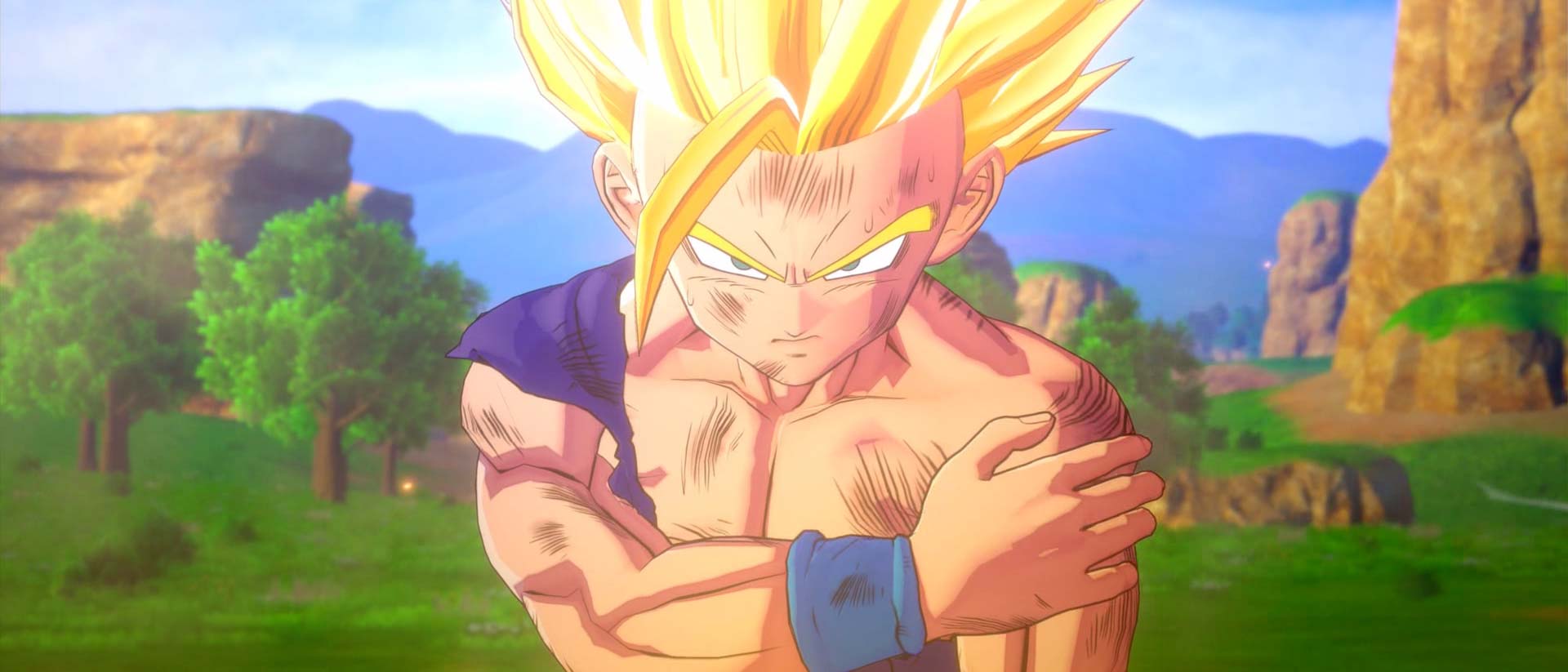Tom's Guide Verdict
Dragon Ball Z: Kakarot delivers a well-crafted, satisfying action/RPG, provided you’re already invested in the DBZ mythos — and ready to hear the same old story over again. The open-world elements aren’t as well-developed as they could have been, but the combat and gameplay variety help carry the game through some rough patches.
Pros
- +
Fun combat, customization and side quests
- +
Excellent current-gen improvements
- +
Vibrant anime presentation
Cons
- -
Underdeveloped exploration
- -
Unbalanced gameplay
- -
Done-to-death story
Why you can trust Tom's Guide
Platforms: PC, PS4, PS5, Xbox One, Xbox Series X/S, Nintendo Switch
Price: $60
Release Date: January 16, 2020 / January 13, 2023
Genre: Action/RPG
If the title “Dragon Ball Z: Kakarot” means anything to you, there’s a good chance that you’re in the game’s target audience. If you know that Dragon Ball Z is one of the most popular anime series of all time, and that “Kakarot” is another name for smiley series protagonist Goku, you may well enjoy spending a few dozen hours in a semi-open-world action/RPG based on the franchise. If not, there are better open-world games out there — not to mention better anime adaptations.
And yet, the appeal of DBZ: Kakarot is not that it’s a groundbreaking video game. Instead, the game manages to infuse a little life into a story we’ve heard a thousand times before thanks to a solid combat system, a stylish presentation and just enough new elements to keep things interesting. It’s easy to see how the game could have broken through from “good” to “great” — more meaningful exploration, better side content, a less predictable story, and so forth. But in the expansive pantheon of Dragon Ball games, Kakarot is much closer to the top than the bottom.
Thanks to a recent free upgrade for current-gen consoles, DBZ: Kakarot has recently found itself back in the spotlight, and rightly so. If you missed out on this adventure the first time around, now is a great time to dive in — and if you’ve already played it, some substantive new DLC makes it worth revisiting. Read on for our full Dragon Ball Z: Kakarot review.
Dragon Ball Z: Kakarot review: Gameplay
Dragon Ball Z: Kakarot is, first and foremost, an action/RPG. As I noted when I previewed the game back in 2019, the game flirts with some open-world elements, including free-roaming levels, sprawling side quests, multiple earnable currencies and so forth. But fighting enemies, gaining experience and customizing your skill set are still at the core of the experience. And that experience can be a pretty rewarding one, provided that you’re already all aboard the Dragon Ball train.
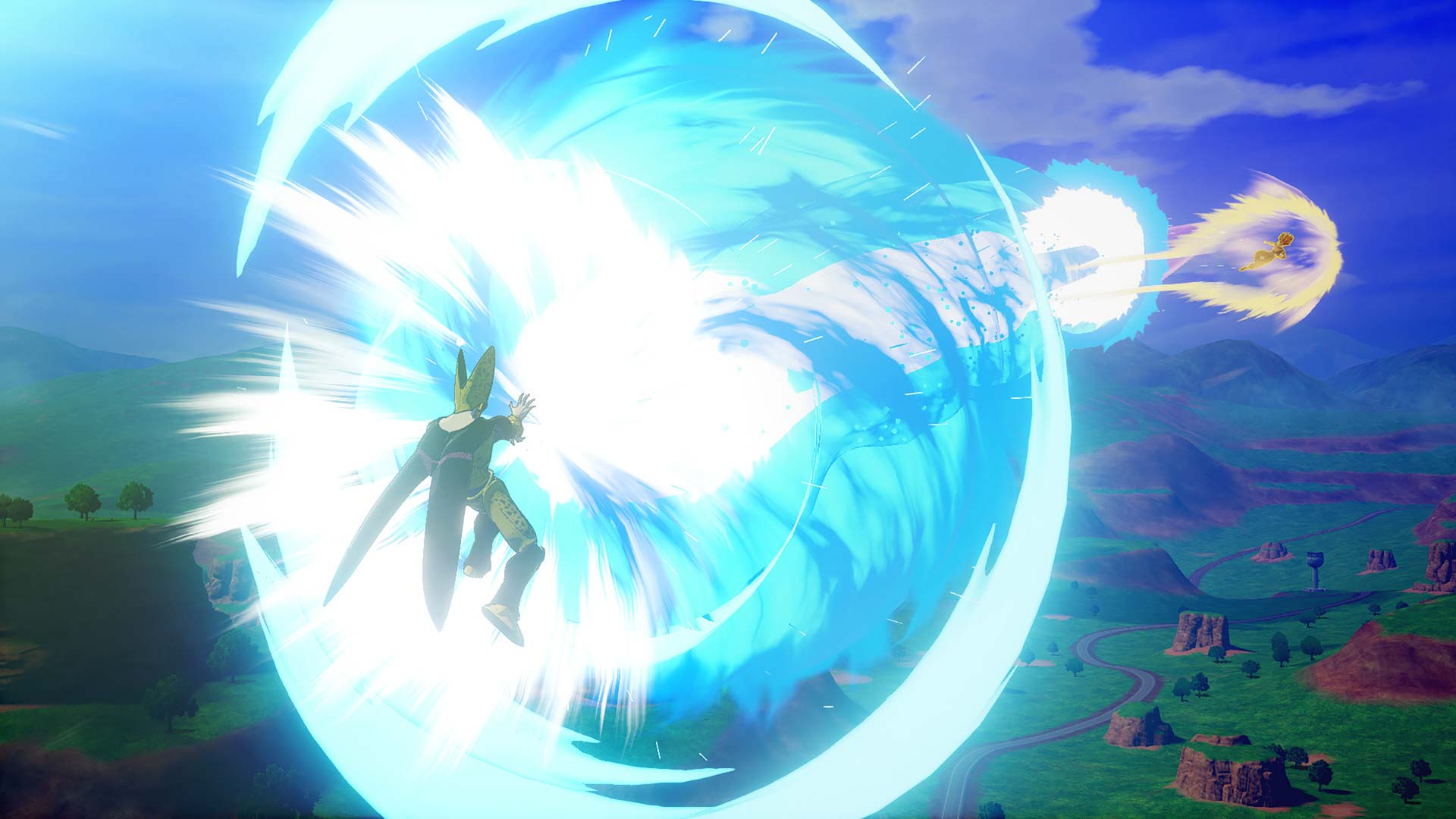
The game essentially retells a slightly shortened version of the entire Dragon Ball Z anime, where you’ll take control of Goku, champion martial artist and defender of Earth, as well as a few of his allies and rivals. From there, you’ll do battle with both faceless goons and big-name baddies in fast-paced, chaotic real-time fights.
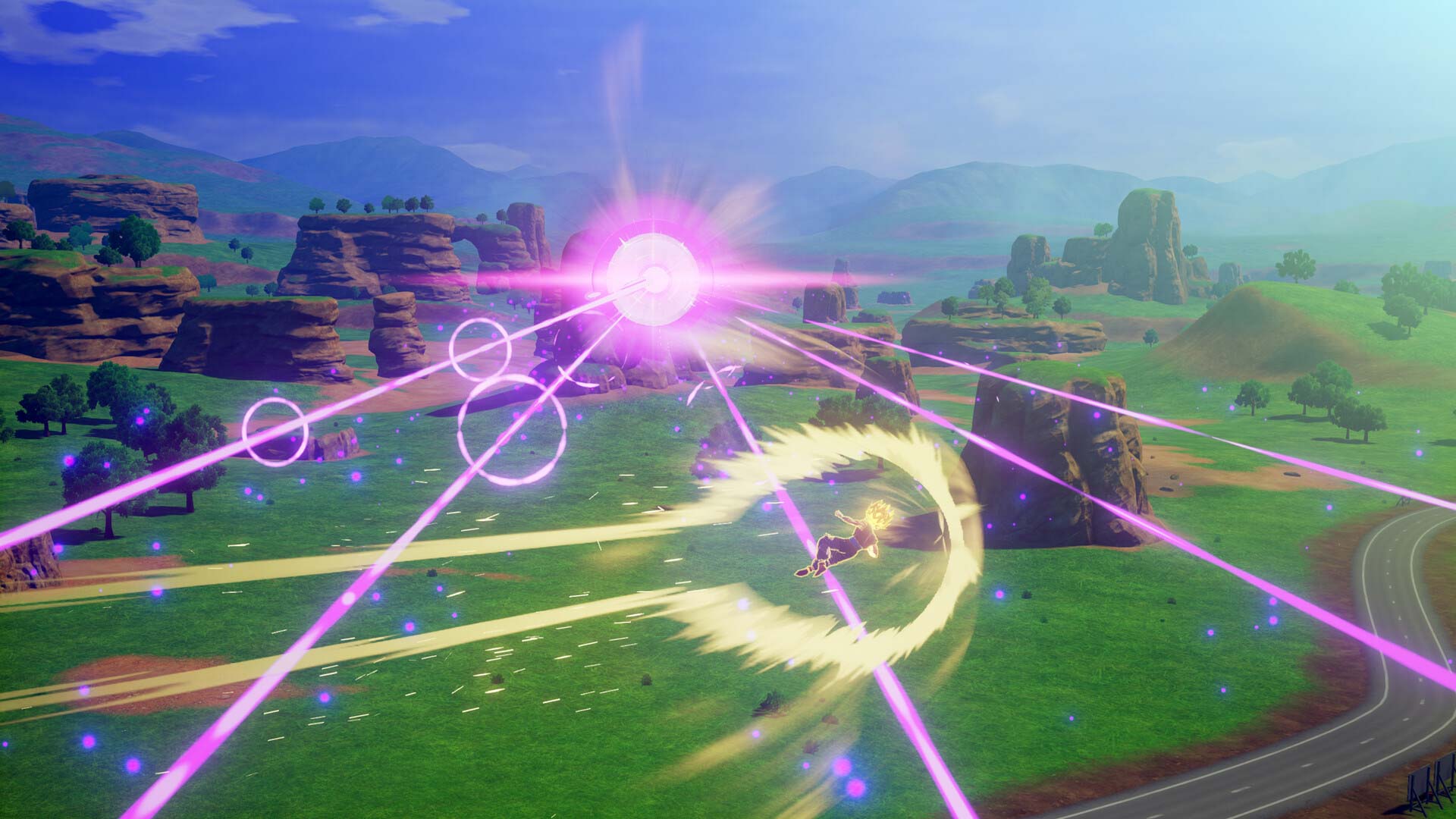
Dragon Ball Z: Kakarot hangs on an enjoyable, albeit unbalanced, combat system. As Goku and friends, you’ll fly around open battlefields, locking onto enemies and pummeling them into submission with both melee and energy attacks. Melee combos are reliant on a single button, while you can upgrade and customize the energy attacks you want to use. It’s a simple, straightforward affair, although the difficulty curve is all over the place. Random encounter enemies are positively laughable, while some of the game’s bosses can easily trounce you — unless you’ve brought along a bevy of healing items, which you can use to trivialize many fights. Kakarot’s combat is more about style than substance, but said style is self-assured enough to carry the game.
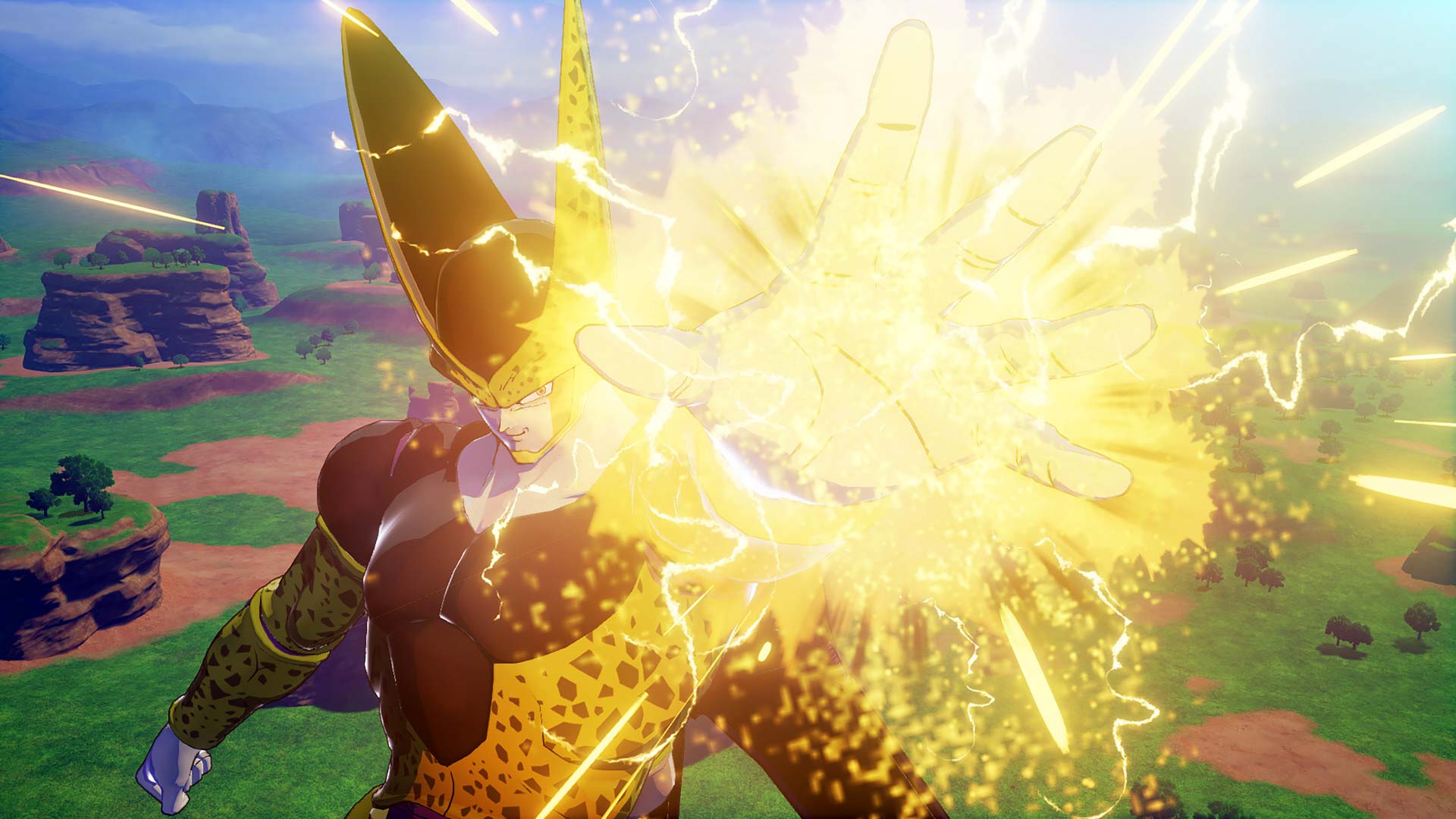
Some gameplay systems in DBZ: Kakarot are almost oddly faithful to the anime, which can work both in the game’s favor and to its detriment. For example, most random encounter enemies give pitiful experience point rewards, while the game’s infrequent side quests are not much more generous. Instead, characters gain massive amounts of XP during story cutscenes, or after boss fights. This means you can’t simply grind your way past bosses, and, in theory, could feel some of the same desperation and triumph that the characters onscreen felt during those battles. But it also means that simply waiting for the story to advance often gives you much better rewards than putting in effort on your own.
Dragon Ball Z: Kakarot review: Open-world elements
While Dragon Ball Z: Kakarot is not a truly open-world game, it does take a lot of cues from the genre. Each level you explore in Kakarot is a huge, sprawling environment, which often contains multiple biomes, such as grasslands, deserts, marshes, snowfields, cities and more.
On the one hand, the game’s semi-open design adds a lot to what could otherwise be a fairly rote action/RPG. After all, the Dragon Ball anime isn’t just a series of fights; it’s also about a group of magnetic characters exploring a variety of memorable locations, from Master Roshi’s colorful Kame House, to Bulma’s bustling West City, to Frieza’s deadly spaceship on Planet Namek. Getting to travel freely through these areas is pure wish fulfillment for fans of the show, and makes the game feel like a more cohesive whole.
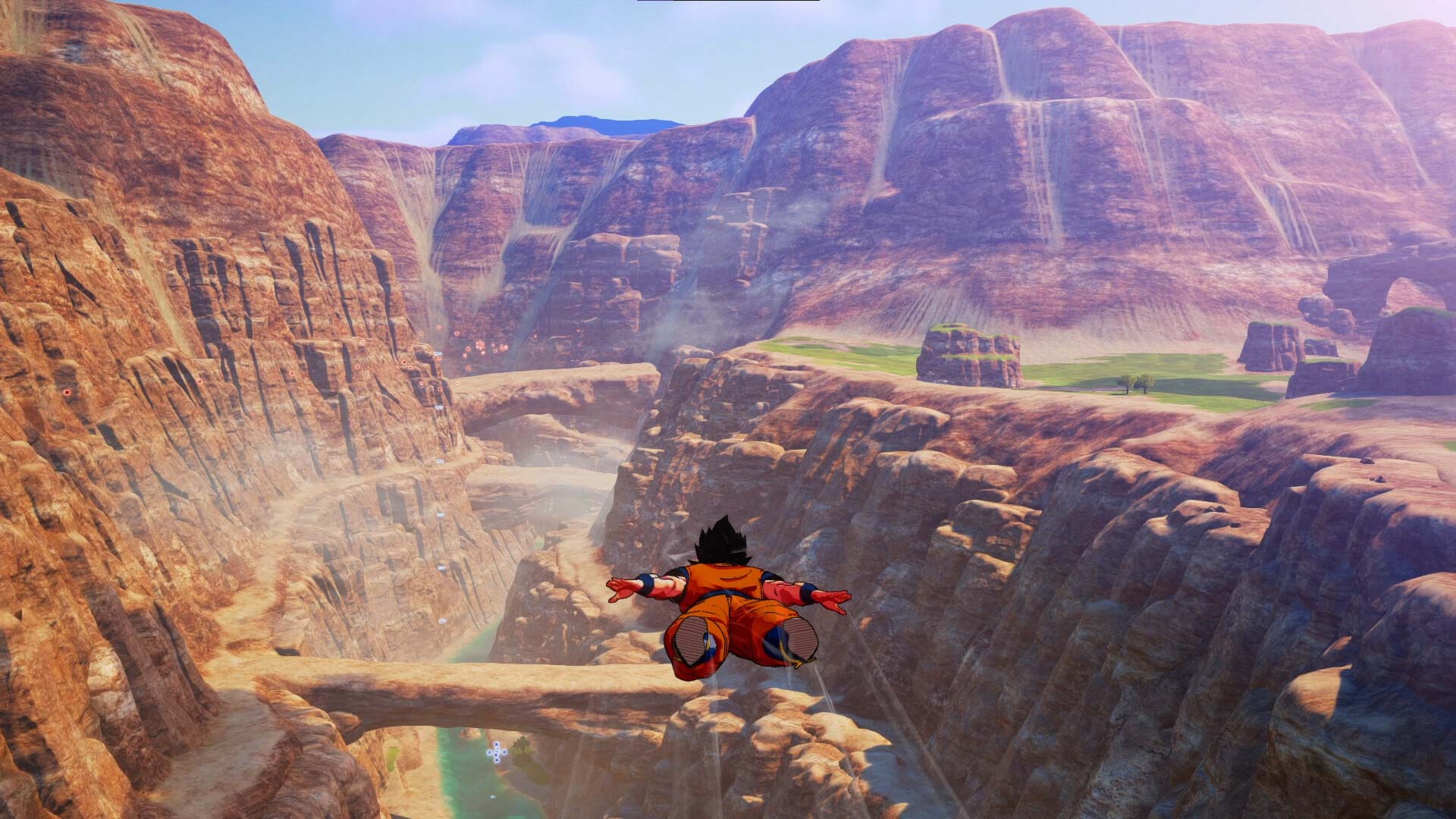
On the other hand, there’s not actually that much to do in Kakarot’s sprawling levels. Each one has a lot of empty space, populated only by crafting and cooking resources, as well as Z Orbs: currency to upgrade your special abilities. After you’ve spent 10 or 15 minutes flying through the colorful-but-lifeless expanses, you’ll have seen pretty much all there is to see.
Interestingly, the game’s side quests give us a glimpse into what Kakarot could have been, if it had been a little more assiduous about its open-world elements. In each chapter, you’ll encounter a handful of optional missions — but only a handful. These involve fighting enemies or collecting resources for some fan-favorite side characters, including Android 8 and Yajirobe, and they often confer generous rewards. There aren’t all that many side quests, however, and they’re not available between every single major plot point, making them feel like disjointed asides rather than integral parts of the game.
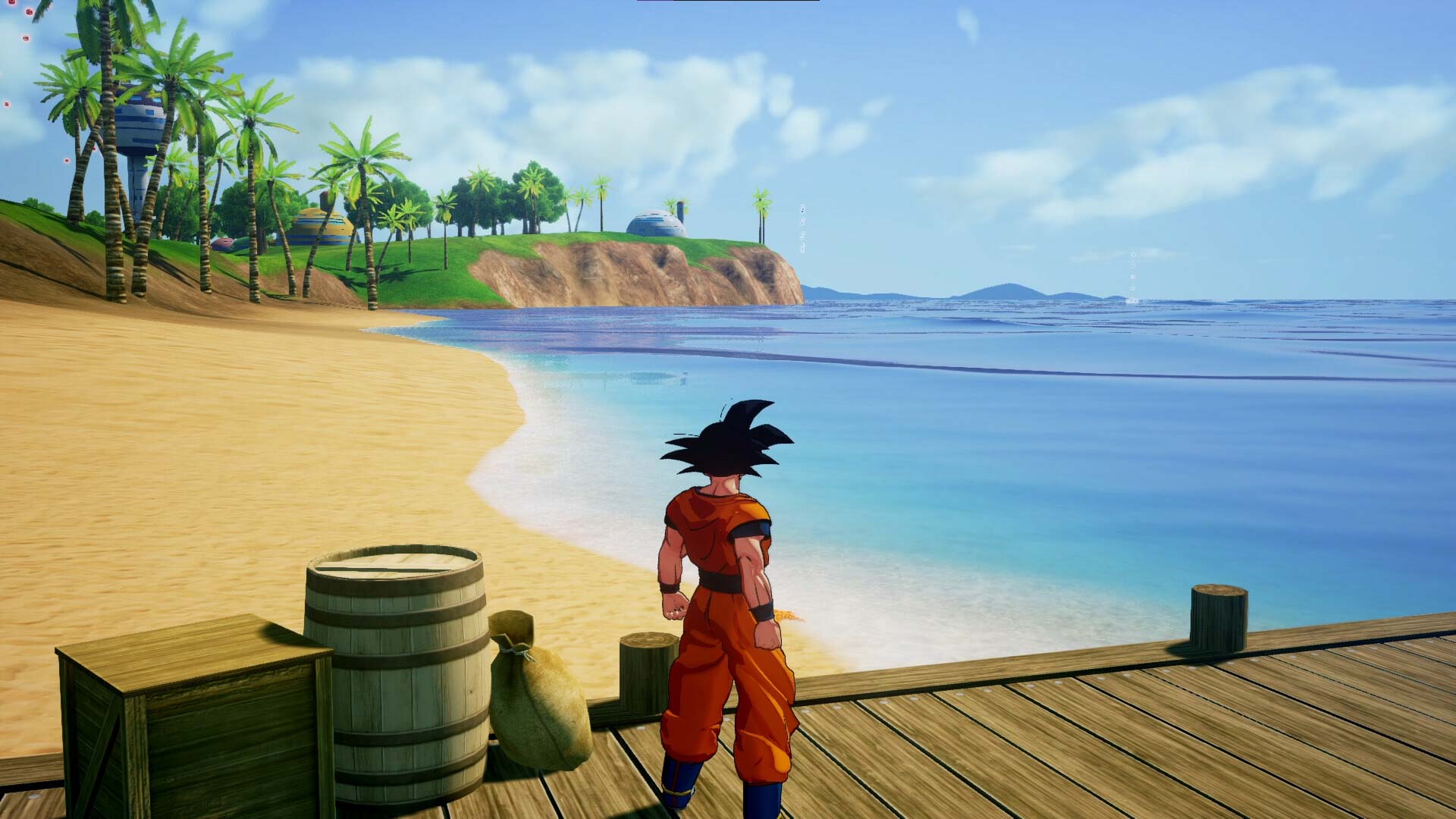
DBZ: Kakarot toys with a few other unconventional systems — multiple playable protagonists, a “Community Board” of upgradable side characters who can enhance your abilities, a branching skill tree, and so forth. But none of them feels as full-featured as the combat, which is just good enough to support the game on its own.
Dragon Ball Z: Kakarot review: Story
Fans of the anime may be both pleased and exhausted to hear that Dragon Ball Z: Kakarot follows the story of the series almost to the letter. “Pleased” is a reasonable response to the game following the entire story, from the arrival of the Saiyans through the defeat of Majin Buu — as is “exhausted,” due to the fact that we’ve already heard this particular story innumerable times in the manga, anime and endless video game adaptations.
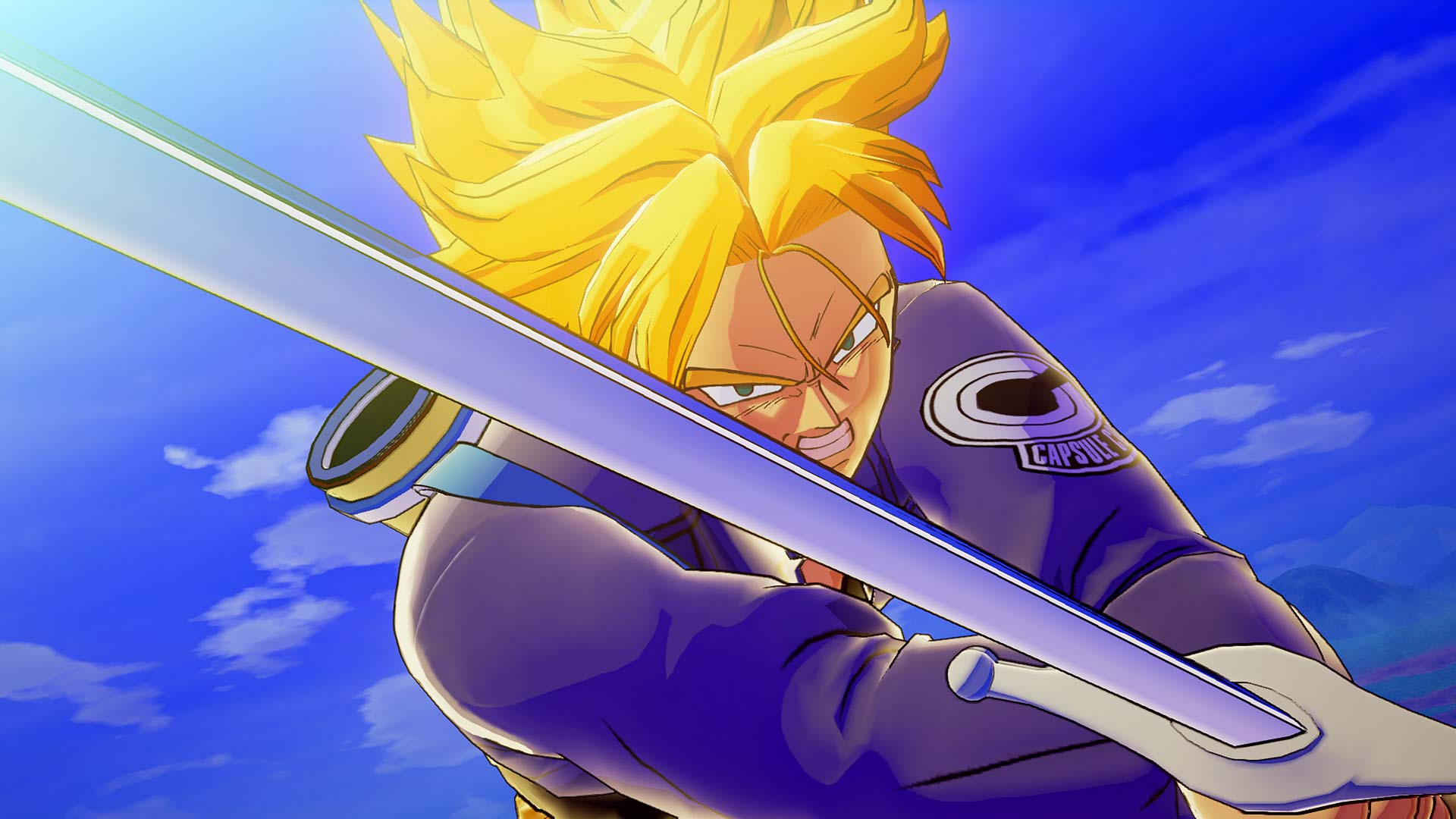
For anyone who hasn’t already heard this story ad infinitum, DBZ: Kakarot tells the story of Goku: a happy-go-lucky martial artist who discovers that he’s actually part of a warlike alien race called the Saiyans. When the other Saiyans invade Earth, Goku and a small group of colorful warriors fight to save the planet — and then things get progressively more complicated from there.
There’s nothing especially wrong with the story, or with its spirited presentation. But the Dragon Ball Xenoverse games have demonstrated that the setting is ripe for original stories, and it’s not hard to imagine Kakarot’s general gameplay style with a much more interesting narrative.
Dragon Ball Z: Kakarot review: Visuals and sound
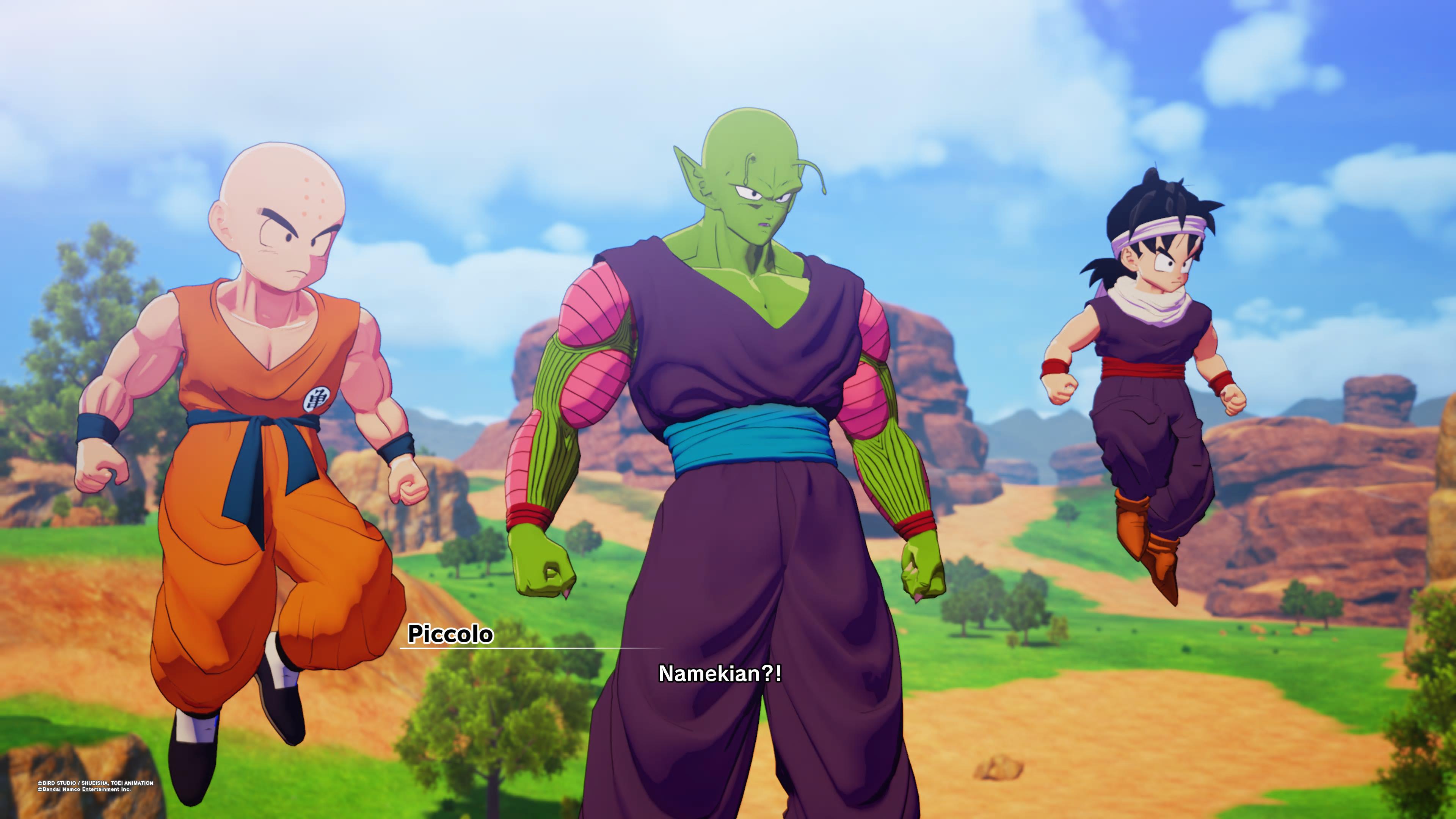
One area where Dragon Ball Z: Kakarot positively excels is in its visuals. The game’s colorful, stylized 3D graphics don’t perfectly resemble the hand-drawn aesthetic of the manga and TV show, but do facilitate expressive characters, varied landscapes and fluid animations. In terms of current-gen improvements, the load times are noticeably faster than before, and the frame rate is considerably smoother. Likewise, the sound quality is excellent, featuring familiar voice actors and music from the anime.
Dragon Ball Z: Kakarot review: Verdict
Dragon Ball Z: Kakarot is one of those “just-for-the-fans” games — but for Dragon Ball fans, that’s not a bad thing. With solid gameplay and excellent production values, DBZ: Kakarot captures a lot of the same energy and excitement as the manga and anime that inspired it. It’s a story that fans have heard plenty of times before, but it’s one of the better retellings we’ve had in a while. With the same basic setup and more ambitious open-world elements, it’s not hard to see how another game in the same vein could be even better.
Marshall Honorof is a senior editor for Tom's Guide, overseeing the site's coverage of gaming hardware and software. He comes from a science writing background, having studied paleomammalogy, biological anthropology, and the history of science and technology. After hours, you can find him practicing taekwondo or doing deep dives on classic sci-fi.
